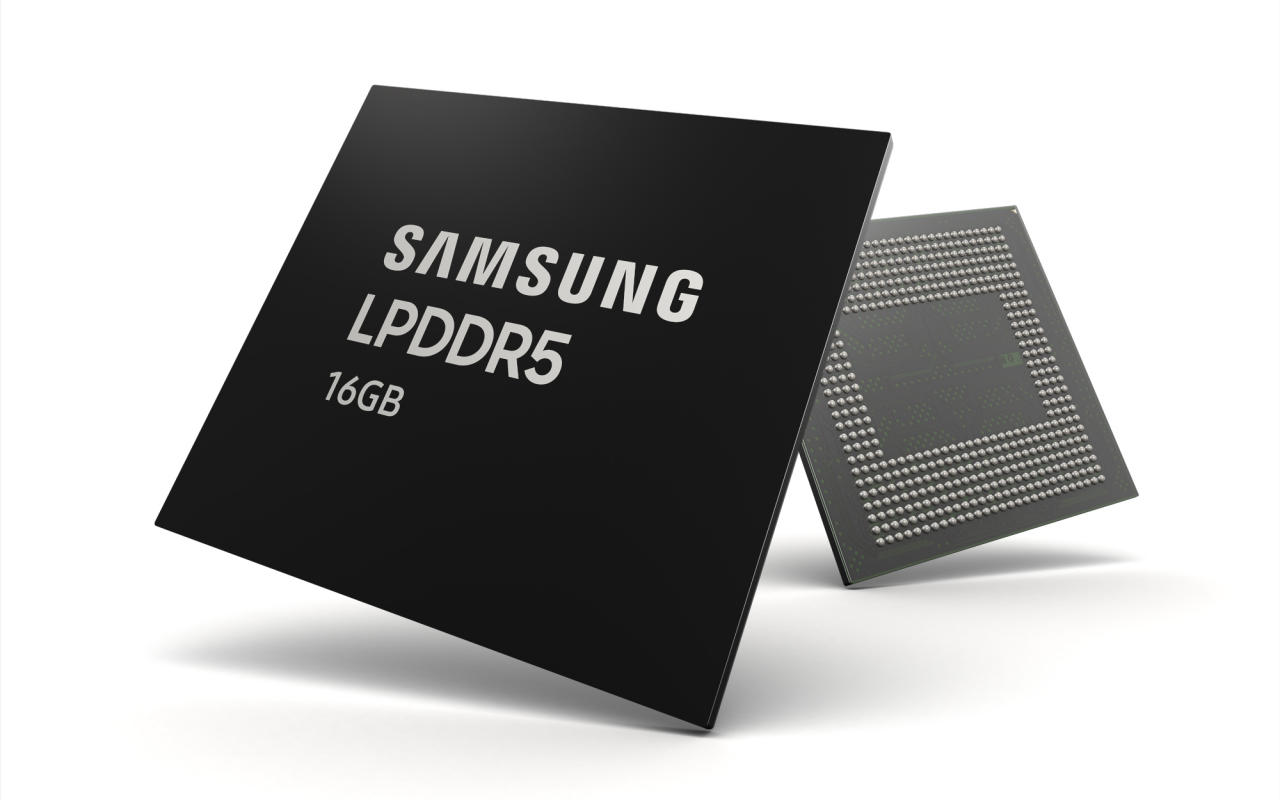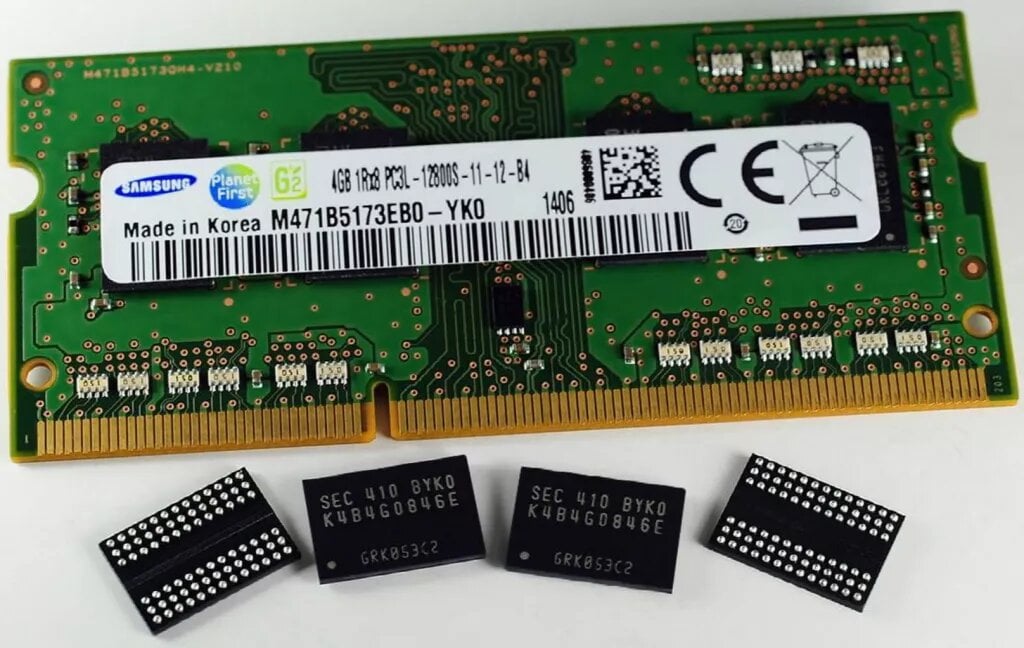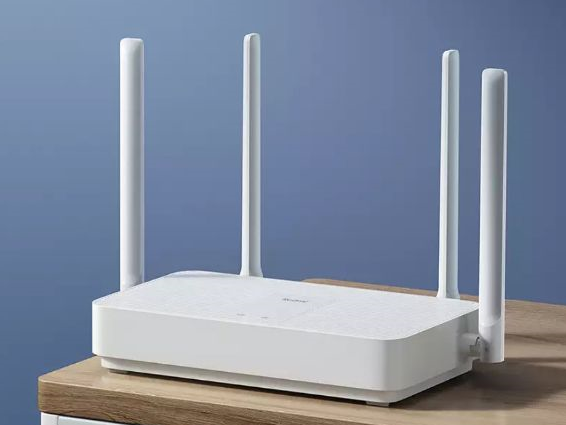As the electronic devices of today keep getting more technologically advanced year by year, as consumers, we demand more memory and faster speeds for smoother operations across a wide variety of applications. DRAM memory has become an essential electronic component in keeping our devices running smoothly and fast, and there are a lot of RAM options in the market from the latest DDR5 memory to the cheapest DDR3 memory.

However, DDR3 seems to be showing its age in the market, as the technology initially launched in 2007 turns 15 years old today in 2022. With that context in mind, several of the world’s largest DRAM suppliers such as Samsung and SK Hynix have come out to announce that the industry is looking to discontinue the production of DDR3 due to dwindling market demands, and higher demands for its DDR4 and DDR5 options instead.

According to Digitimes, Samsung has already notified its customers that the company will keep taking orders on DDR3 RAM until the end of 2022 and fulfil these orders by the end of 2023. Popular 1GB, 2GB, and 4GB DDR3 memory options are expected to have production ceased by the end of 2022.
SK Hynix is also reportedly looking forward to phasing out DDR3 SDRAM production, though it is unclear when the company will cease to supply them. The report from Digitimes, also notes that citing industry sources, DRAM maker Micron, on the other hand, has no plans to cease production of DDR3 RAM at the time of publishing.
Although most electronic devices of today have already transitioned over DDR4 or DDR5 memory for DRAM, there is still a relatively large quantity of inexpensive devices like routers that still use DDR3 memory. In addition, older 2nd hand or refurbished early 2010s laptops that are still in circulation in the market still need DDR3 memory for repairs and replacements.

The discontinuation of production could spell a price hike for the inexpensive electronic devices, as manufacturers will now be using the more expensive DDR4 option instead, and that cost of production in the end would be given back to the consumer. On the bright side, technology is finally saying goodbye to the slower DDR3 memory, and providing a faster user experience for all by transitioning to DDR4 and DDR5 in the future.
RELATED:
- Samsung partners with iFixit for Self Repair option for its Galaxy devices
- Redmi Confirms More Details of the Redmi K50 series: WiFi 6 Support and Dolby Atmos Stereo Speakers
- TP-Link prototype router self-adjusts its antennas to provide best WiFi signal
- Redmi K50 Standard Review: Dimensity 8100 – probably the Best Chip of the year
(Via)







